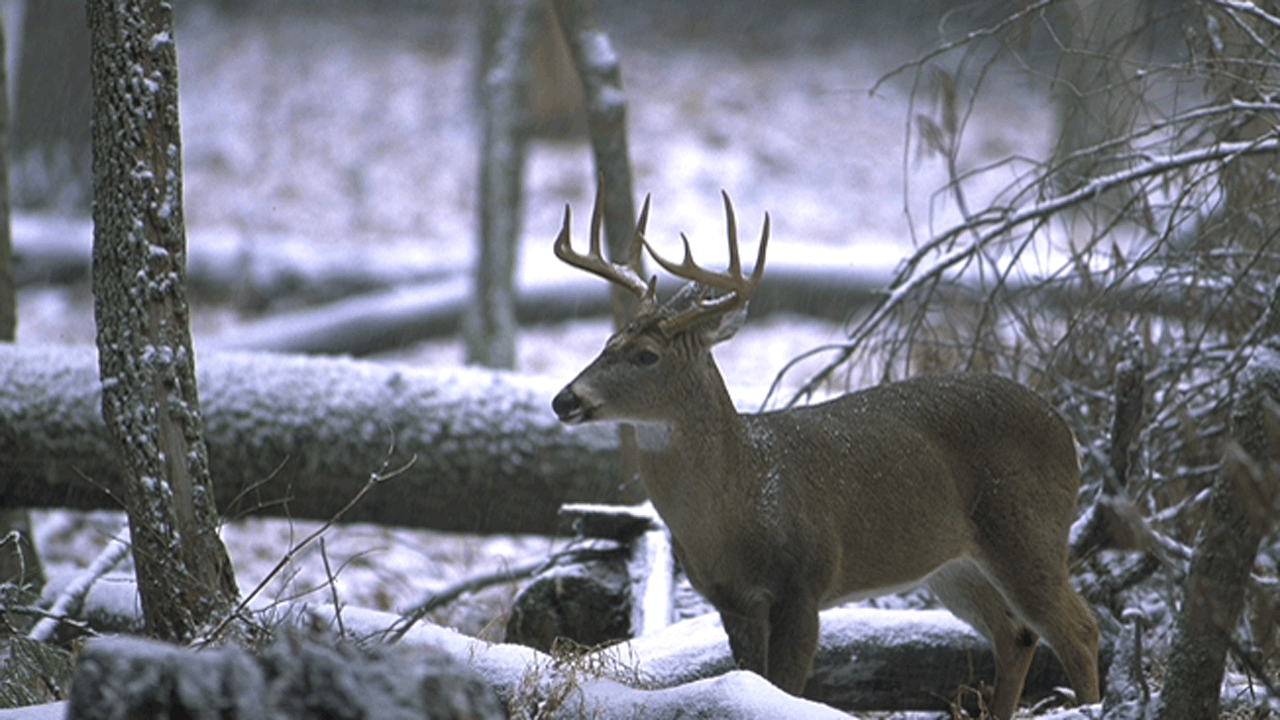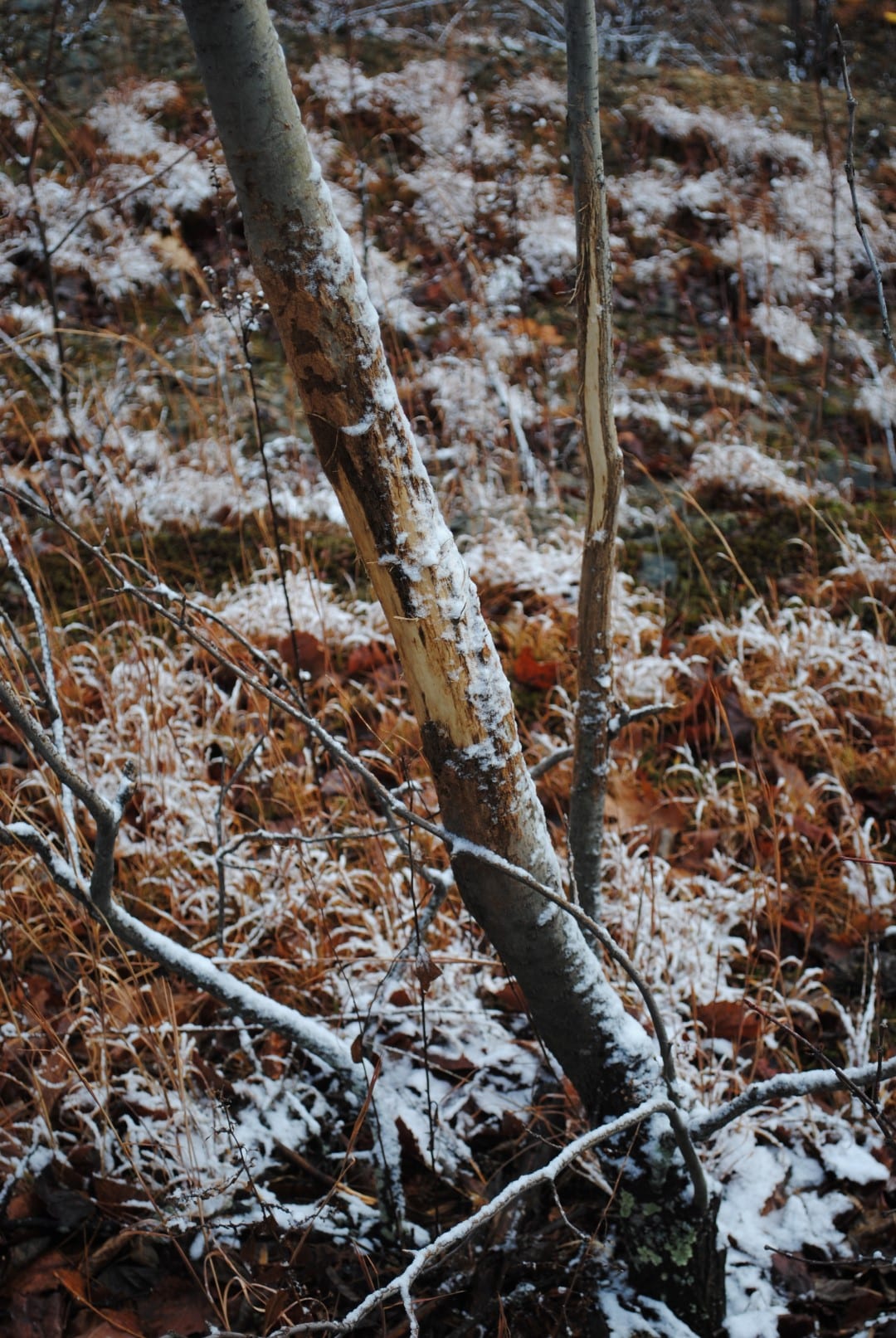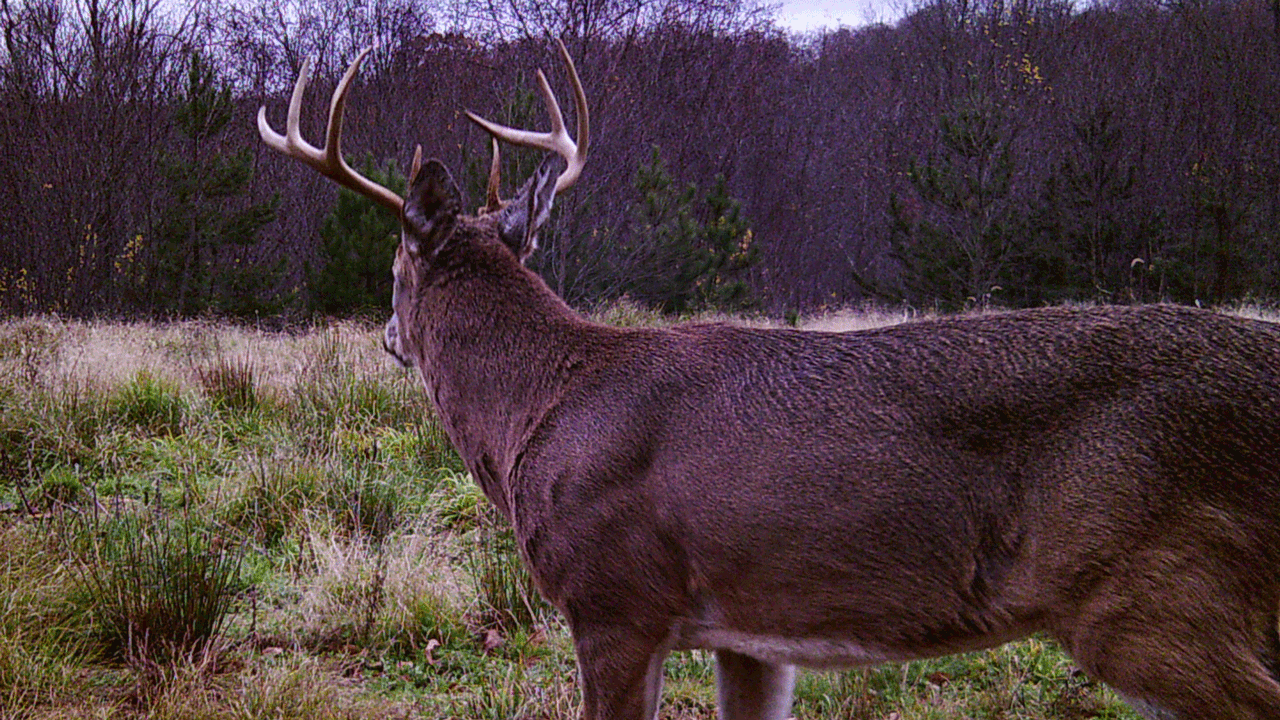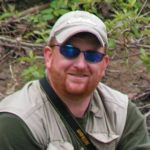Now that deer season has ended in most parts of the country, it’s time to start looking forward to next year, and for many hunters, that means doing some post season scouting. Whether you’re revisiting favorite hunting stands or exploring new territory, now is the time to put boots on the ground and start gathering information that might help you in the future. Before you take the results of your post season scouting to the bank, however, you might want to consider these mistakes that many hunters make.
Mistake #1 / Believing That Where Deer Are Now Is Where They’ll Be Come Fall
If there’s anything I’ve learned about whitetails, it’s this: big bucks are where you find them. That might sound cryptic, but you have to consider that the world of whitetails is constantly changing. Food sources change. Habitat changes. Hunting pressure changes. All of these impact how deer use the landscape.
Just because you find deer on a particular hillside in February or March doesn’t mean they’ll still be there come October. Perhaps that hillside is a really good winter browsing area, or maybe it has desirable bedding cover where they feel safe when the cover in their other bedding areas has thinned out.
The absolute best time to scout is during the season, period. That’s the only true way to get real-time information as to what the deer herd is doing right now. Information gathered during post season scouting doesn’t always translate into success during the rut, but it can tell you a lot about late season patterns, which can come in handy if you’re ever hunting late season in the future. If you’re finding deer on a particular hillside this winter, there’s a good chance they’ll prefer that hillside next winter, too.

Will he still be here in the fall?
Mistake #2 / Staying Out of Sanctuaries and Bedding Areas
The real benefit of post season scouting is that it allows you to get into the woods to gather information without worrying about bumping deer. Bucks driven off the property now have seven months to return, although they’ll likely come back in just a few days. They sense that hunting season is over, and they know that any disruption in their daily schedules right now is probably a one time thing. Use this opportunity to venture into areas that were previously off limits.
Now is a good time to figure out how bucks enter and exit those sanctuaries. Find rubs and scrapes that were made during the rut and take note of nearby trails. These will be key locations to check for sign this fall. Also, moving trail cameras in and out of sanctuaries can provide valuable insight on how deer are using those areas and how you can set up to take advantage of those movements next season.
Mistake #3 / Hanging Treestands On Old Sign
You found it, that spot where every tree is rubbed and it looks like big bucks had one heck of a party. This is where it all went down last fall. Instinct tells you to hang a stand right away to claim it for next year.
Not so fast!

Finding rubs in your post scouting is great, but is it enough to hang a stand on?
Old sign can be exciting, and it can tell us a lot about how last year’s rut went down, but it doesn’t necessarily mean things will play out the same way this November. There are two reasons why things might be different this year.
First, every mature buck is an individual and they don’t always rut in the same areas where they spend the rest of the year. In the March 2018 issue of Deer & Deer Hunting magazine, researcher Dr. Steve Ditchkoff of Auburn University writes about the habits of Deer 41 during breeding season in one of their studies. Specifically, he discovered that the buck’s breeding range changed each year for the three years they tracked it. Dr. Ditchkoff writes: “In 1995, he primarily utilized the western section of his home range, in 1996 he spent most of his time ½ to ¾ of a mile south of that area, and in 1997, he rutted primarily at the northern edge of his home range, which was 1 ½ miles north of where he spent 1996.”
Dr, Ditchkoff makes an interesting observation based on these findings when he suggests that you might get trail camera pictures of this buck all year long on your property, but never actually have an opportunity at this buck during hunting season. In fact, almost all of the deer in the study moved or shifted their patterns in some way once the rut arrived, and for most of us who don’t own or hunt on large tracts of land, a shift of half a mile or more may as well be ten miles. Once a deer is off of our property, it pretty much drops off of our radar.
The second reason next year might be different is because, once again, nature is constantly changing. When you find those areas where bucks rutted heavily last fall, explore surrounding areas to try to figure out why. Were the acorns particularly heavy there? Was there less hunting pressure? What about that area made deer want to be there? Make detailed notes as to your findings so that, in the future, if similar situations arise, you can then predict how whitetails might react.
Mistake #4 / Not Asking Questions Concerning Why Deer Leave/Return
This time of year, don’t be surprised if some of those bucks that seemed to disappear during hunting season all of a sudden start showing up again on your trail cameras. It can be baffling trying to figure out where they were hiding all that time, but the good news is that they’re back. It would be a mistake, though, to not ask yourself why they left in the first place.
Other than for breeding opportunities, the most common reason deer vacate an area is hunting pressure. Every time you go into the woods, every time the wind blows your scent around, every time you get busted by a deer, all of these add up over time and register with mature whitetails. In a way, a big buck is like a prosecutor building a case against you. Once it has enough evidence and doesn’t feel safe anymore, it leaves, plain and simple.

Have you ever considered what causes a buck to walk off the property you hunt?
While post season scouting is a great time to figure out the best routes to and from stand locations, routes that will allow you to slip and out of an area without being detected. Also, now is the time to make adjustments to any stands that didn’t pan out because of wind direction, lack of cover, or other factors that made it less than ideal.
Another reason bucks leave is because they’re following food sources. Use your post season scouting to locate oak flats and fruit-bearing trees, and if you find that your property is lacking quality, year-round food sources or bedding areas, now would be a good time to start planning habitat improvements. Whitetails have the same requirements we humans do – food, water, shelter, and safety – and if any of them are missing from the equation, they will venture off in search of them. Post season scouting is an opportunity for property evaluation as much as it is to plan future hunts.
Mistake #5 / Not Scouting Enough
It’s difficult to make season-to-season comparisons if you don’t spend much time in the woods. Each season brings new struggles, and new opportunities, for whitetails. Every year, mast crops can be found in varying quantities and in varying locations, and how the deer use the landscape will change accordingly. Certain species of fruit-bearing trees don’t produce every year, so those areas can go hot and cold, too. Predator populations fluctuate, which can also impact deer behavior. If you don’t spend enough time in the woods learning about how all of these variables affect deer patterns, then it’s difficult to predict how deer will react to these variables in the future.
The benefits of post season scouting are cumulative. Although some of the information you gather might not help you in the short term, that doesn’t mean it won’t help you in the future. Every time you explore your hunting area, every time you observe what whitetails are doing and why, your knowledge base gets bigger and you’ll have more experience to draw from. Ultimately, this will make you a better hunter.

 By
By 



